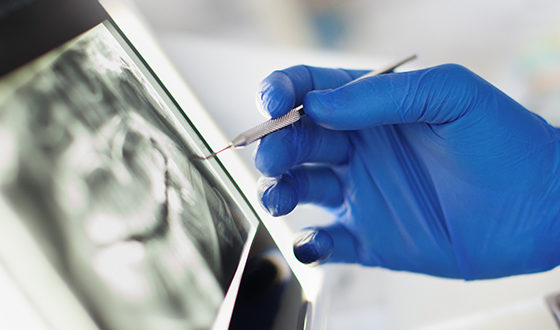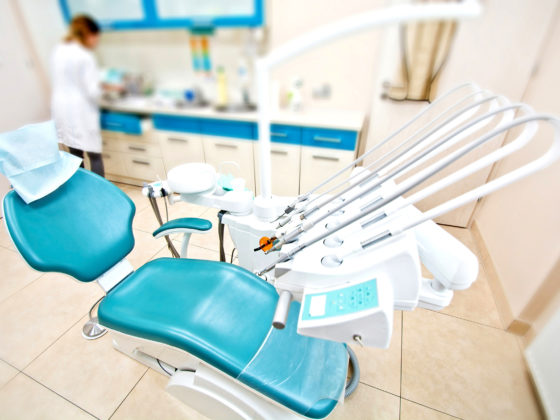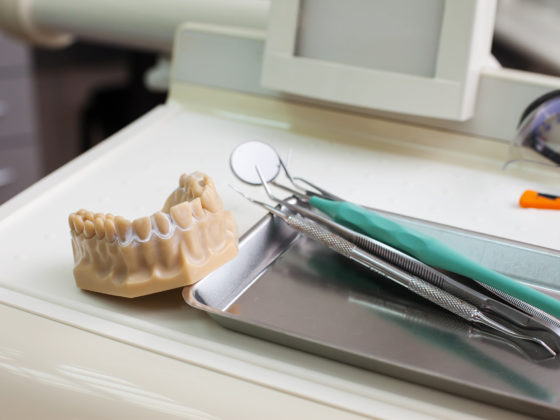
The ultimate goal for most people when it comes to their teeth (besides having them be as strong and clean as possible), is for them to be as bright and white as can be. Many people equate a whiter smile with extreme cleanliness which isn’t always necessarily the case.
“The No. 1 cause of teeth yellowing is lifestyle,” said Dr. Justin Philipp of J. Philipp Dentistry in Chandler, Arizona. “Smoking, drinking coffees and teas, chewing tobacco are the worst.” Going even further beyond that, the yellowing of teeth can be attributed to sources that are part of two categories, extrinsic and intrinsic.
“Extrinsic Stains – You’ll find extrinsic stains on the surface of the enamel, the hard, outermost layer of your teeth. While enamel is harder than bone, according to the Mayo Clinic, it can still be easily stained. Not surprisingly, other dark-colored foods and beverages, including red wine, colas, dark sauces and various fruits, such as grapes, blueberries and pomegranates, also have potential to stain teeth. These items are high in chromogens, pigment-producing substances with a penchant for sticking to tooth enamel. Acidic foods and beverages can worsen matters by eroding tooth enamel and making it easier for chromogens to latch onto the teeth. Tannin, a bitter compound found in wine and tea, also helps chromogens attach to tooth enamel.
Intrinsic Stains – Intrinsic stains occur within the tooth, when various factors alter the light-transmitting properties of the enamel and the underlying dentin. Numerous medications can cause intrinsic stains. If children take the antibiotics tetracycline and doxycycline while their teeth are still developing (before the age of 8), their teeth may turn brownish-yellow.
Other than stains, genetics, age and health can be other causes of yellowing.”
The best way to prevent the yellowing effects that are caused by factors not connected to genetics is to watch what you consume (and how you consume it) and to regularly visit your Otawa dental professional.


